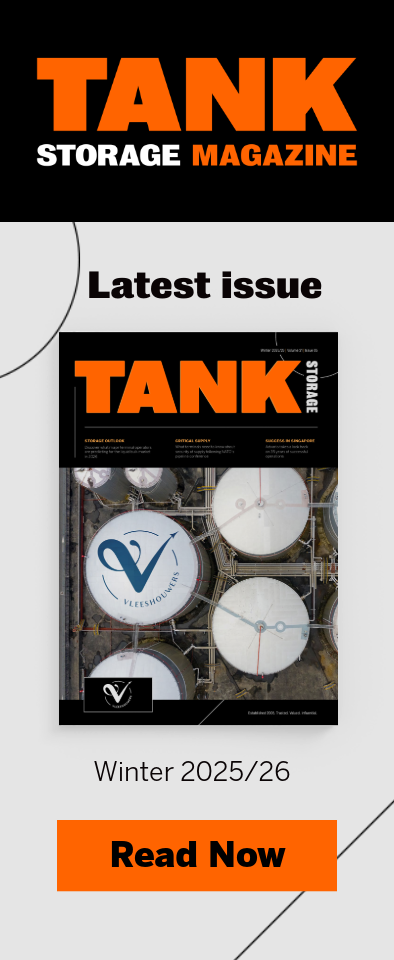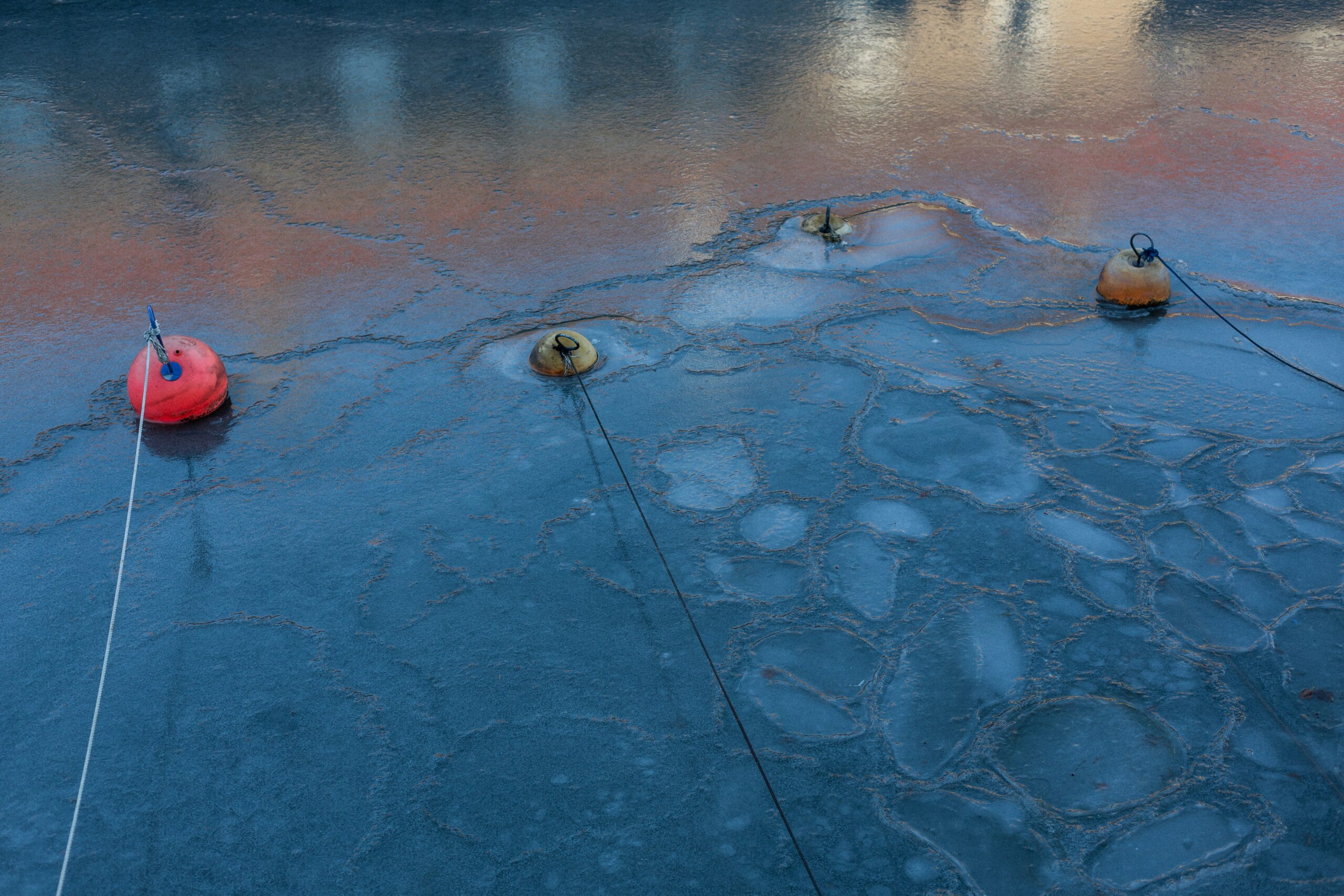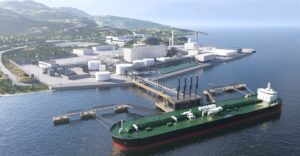The northern part of the Pasir Panjang Container Terminal, Singapore, has been cleared of oil slicks, following the collision of Vox Maxima and Marine Harbour earlier this month.
The Singapore Marine Port Authority and Meteorological Service Singapore officers and its Institutes of Higher Learning have been working together to model tidal and wind conditions to help identify and target oil slick areas more effectively. Upon detection, vessels towing current busters, supported by drones, and skimmer systems, are deployed to collect the oil.
In a post on LinkedIn, Eng Dih Teo, chief executive at MPA, explains how the clean-up operation has been progressing: ‘Current Buster Systems consist of a boom with skirt that extends below the water surface to corral and consolidate oil on the water surface to be more easily collected, while skimmer systems utilise craft-towed booms to corral oil on the water surface and a skimmer to “lift” the oil off the water surface into storage tanks onboard vessels.
While 3,100 m of boom was initially planned, a total of 3,400 m of booms have been deployed.
Containment booms, which are large floatation devices used to create a barrier to trap and isolate spilled oil, help further spreading of oil slicks and facilitate recovery.
Absorbent booms, made of oleophilic materials that absorb oil they come into contact with, have also been deployed along stretches such as East Coast Park, as well as preventatively at biodiversity-sensitive areas at Chek Jawa, Coney Island and Pasir Ris Park which remain unaffected.’










